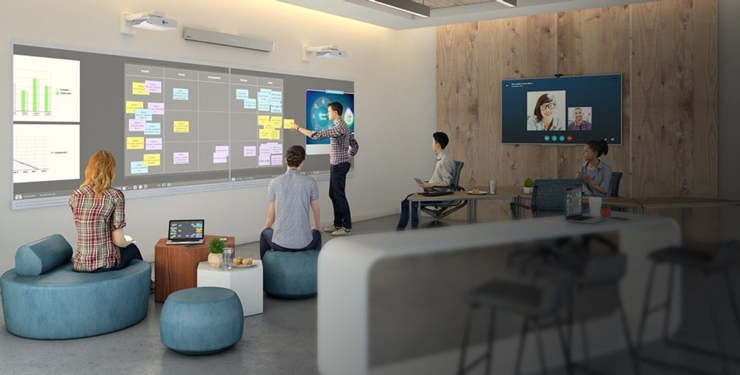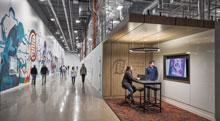
Navigating New Expectations in the Commercial Office Market
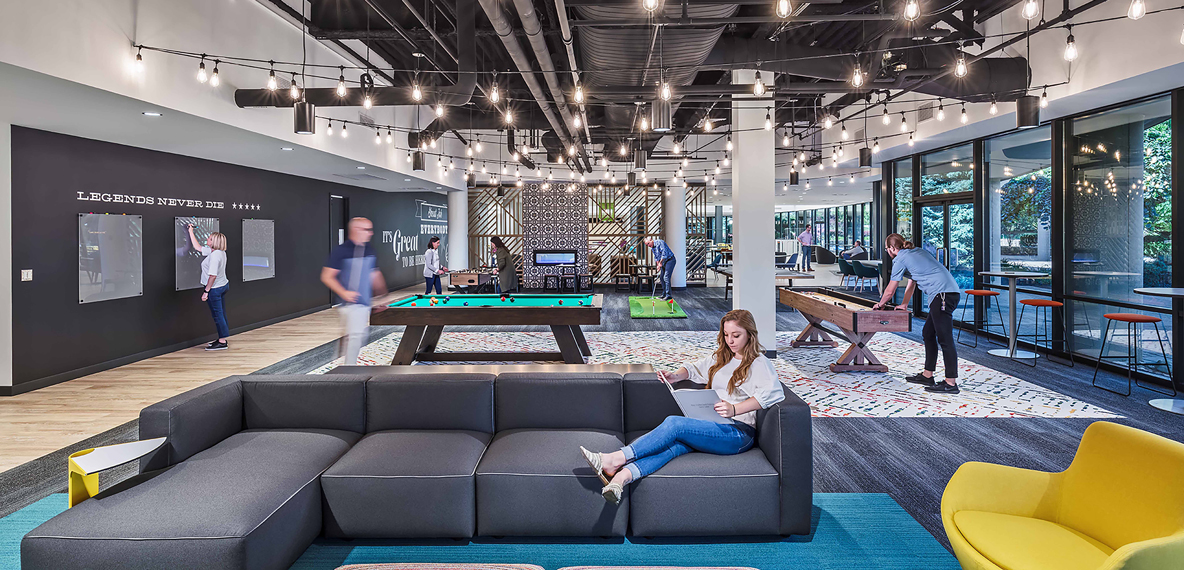
The success of the Work From Home (WFH) experience as a result of the COVID-19 pandemic has sent significant ripple effects into the commercial real estate market, especially corporate office space.
Although landlords, employers, and employees are weighing in on what the next generation of office design should look like, with a cool sublease market, the only real levers for change are investment and lease expirations. With that context, stakeholders want to consider the following when navigating the new expectations of the office work environment.
Be Prepared for a Long Runway of Change
Contrary to prevailing public opinion, the commercial office market will see limited changes in the next two to three years. This is due in large part to corporate real estate leasing cycles. In addition, the industry historically has enjoyed leases with relatively long terms, often five to ten years. Businesses typically make investments in their workspaces in coordination with lease expirations or renewals. While the pandemic has ushered in a new hybrid work style with less of an emphasis on open floor plans, companies may not be able to make changes to their workspace design to reflect these changes because they are locked into leases. Only when large corporate leases come up for renewal, will the market begin to reflect the influences initiated by the pandemic. Some change, however, has begun. With many employers facing labor shortages and staff reluctant to return full time to an office environment, employers want the option of more flexible lease lengths. Many top markets are offering shorter leases of three to five years to provide more flexibility.
Amenities are Increasingly Important
Prior to the pandemic, working remotely was a perk available to relatively few employees that needed to be out of the office for their jobs, such as business development/sales focused positions, or roles that required extensive travel. Because the majority of employees did not have the option of working remotely and were required to be in an office environment, employers and landlords did not invest in amenities – they simply did not have to. However, because employers enabled remote work now there is a need for a rationale to attract employees back into the workplace. Today, although each employee does not need a seat, everyone has amenities to use when they do come to the office. Big Tech firms were early pioneers in placing an emphasis on employee well-being and amenities, using it as a recruiting and retention tool to ensure a steady flow of top talent. The success, however, of the WFH experience has empowered employees to demand more in terms of amenities within their workspaces in order to return to the office. As a result, employers are placing pressure on landlords to invest in on-site shared amenities such as cafes, fitness areas, childcare, and green space before they commit to a lease.
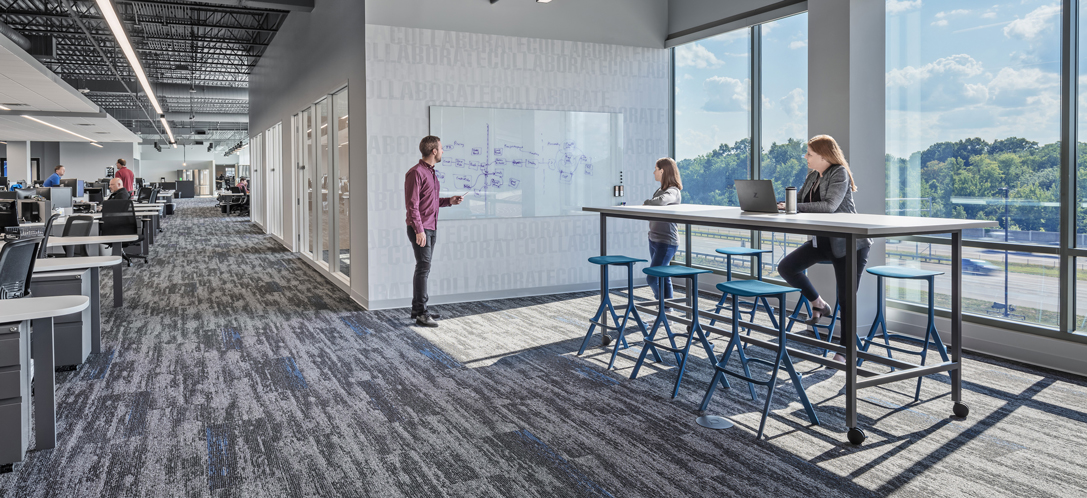
The office workplace needs to be designed to be a tool to encourage employee engagement, collaboration, and community.
Amenities outside the office building also will need enhancing. Low workforce attendance during the pandemic put negative pressure on downtown businesses that had depended on ‘the lunch crowd.’ Since then, offsite amenities such as nearby restaurants, coffee shops, and retail have dwindled. Employers and developers are now expected to cover that gap in availability of convenient services.
Head Counts No Longer Dictate Square Footage
In the past, employers calculated their leasing square footage requirements primarily as a function of employee headcount. The popularity of WFH options and hybrid work schedules has significantly decreased the total number of employees in an office on a given day. This has given rise to a new approach where each area of the workspace has its own purpose. The intent is to no longer have ‘full’ space, rather the goal is to have ‘active’ space. The office workplace needs to be designed to be a tool to encourage employee engagement, collaboration, and community. Home, on the other hand, has become the preferred location for focused individual work.
Investments in Technology Yield Significant Savings
C-Suite executives have learned the value of investing in technology and will continue to leverage it to reduce travel expenses. Today, 24-hour access to everyone’s time could ultimately render a flattening effect. Prior to the pandemic, corporate travel was a necessity to secure new clients or investors. Face-to-face meetings were required to close a deal. It was expensive and took a great deal of time. What we’ve learned is that with the right technology in place, communication and collaboration pathways can be established and nurtured without time consuming travel, allowing staff to be more productive and business travel expenses reduced.
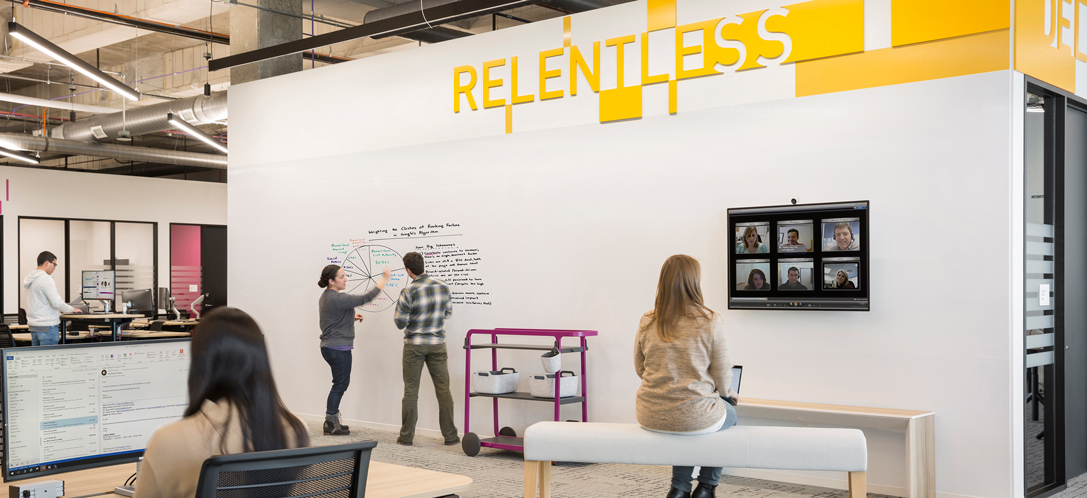
Investments in technology yield significant savings. C-Suite executives have learned the value of investing in technology and will continue to leverage it to reduce travel expenses.
Watch Wall Street
On a macro scale, corporate real estate tends to be impacted by economic cycles. Continuing supply chain interruptions, rising inflation, and the volatile stock market have developers and landlords adopting a cautious “wait and see” approach. In hard economic times, executives aren’t willing to invest in making changes to the workplace.
Remember – It is All About People – Not Space
As the Boomer generation continues to retire, employers will find themselves in an all-out talent war to staff the next generation of leaders. And those leaders may or may not be within driving distance of your corporate offices. By widening your talent pool, there are potential diversity, equity, and inclusion benefits as a result of having better access to global markets. Employees want more say in how and where they work, and whether they will go back to the office or stay at home. There is a real need to change the way management structures oversee work. This is all about understanding and enabling people to work effectively amidst shifting priorities. This was true before the pandemic, but it has become more highlighted and accelerated after it.
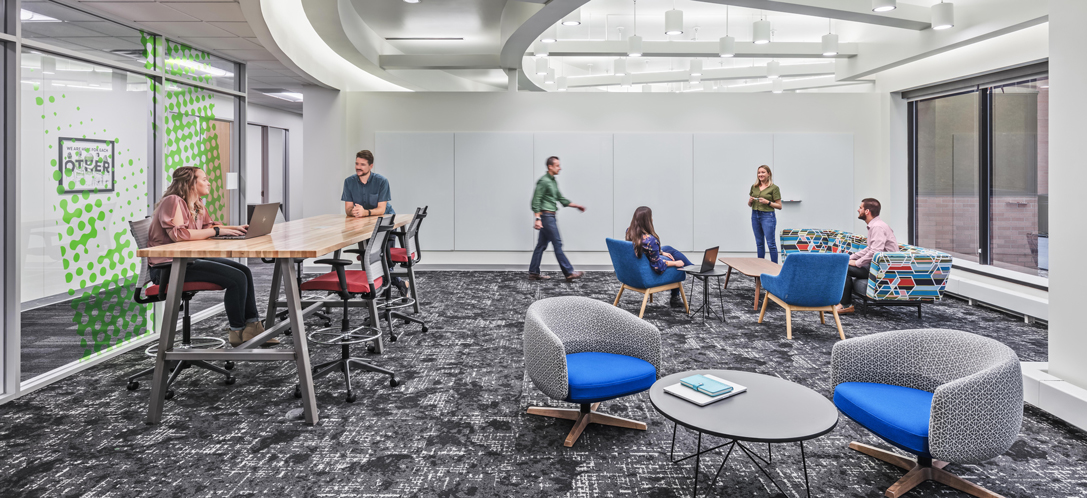
The intent is no longer to have "full" space, rather the goal is to have "active" space.
Looking to the Future
The changes brought on by the pandemic, including WFH acceptance and redesigned office layouts are only the beginning. To successfully navigate “new” and soon to be the usual expectation in the commercial office market, landlords, employers, and employees will all need to continue to adjust their perspectives and priorities. By remaining open to innovation on all levels, sharing ideas, and evaluating the lessons learned to date, the future of the commercial office market is sure to be exciting and light years different from what we have collectively experienced in the past.
This blog was originally published on CoreNet Global's The Pulse.
Author
Content Type
Date
October 18, 2022
Market
Topic
Design Thinking
Hybrid Work


